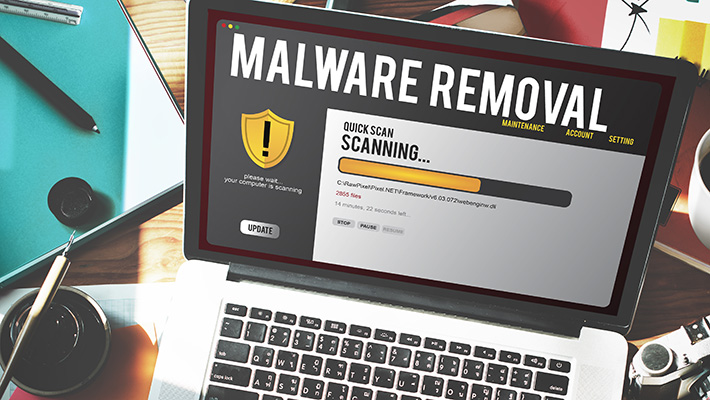In this article, we will give you detailed information on how to get rid of viruses & Spyware from your PC or Mac. And we will make sure that you will get all the instructions very clearly.
Want to know the interesting part of this whole article?
We will provide you all the necessary information on how to remove the virus or spyware from your PC or Mac, step by step so that you will be left with no doubt. We will guide you in such a way that your PC or Mac will never be infected by a virus or spyware or any other computer infection.
So, let’s get started with the good stuff, shall we?
First of all, we will be discussing what a virus and spyware are, and how your PC or Mac gets infected by it.
What is a computer virus?
So let’s discuss the computer virus. This term was introduced by Fred Cohen in 1983. A computer virus is a malicious code or a program that is designed to spread from one computer to another. It is having an ability to regenerate or replicate itself. It is like a flu virus. Viruses are not generated by itself but induced by people. It can cause unexpected damage to your computer. Such damages include destroying your data or corrupting computer software.
What is a Spyware:
Spyware is also malicious software that infects your computer system. It is a type of malware that can steal your data and personal information. It has many uses and purposes. These types of Spywares can easily get your web browsing list, your passwords and usernames, and your email account chats without being noticed. And it can also send this data and personal information to someone else through the internet.
So this can be harmful to us. Both PC and Mac can be infected by a virus. It will make your PC or Mac slower and your system will start acting strangely. If you observe such symptoms, then you must immediately remove it.
Steps for removing virus or spyware from your PC or Mac:
Step 1: Disconnect from the internet:
This is the most important step because all your virus and infected files come from the internet. So the first app to get rid of these infections is to turn your internet connection off. It will stop transmitting any of your information to the virus server.
Step 2: Enter the safe mode
By entering into the safe mode your issues regarding this virus will be isolated. You can enter the safe mode by just restarting your device. By doing this your system will only allow minimum programs to be loaded which will prevent your system from the virus.
Step 3: Do not log into other accounts:
As we have described before that virus can access your personal and sensitive information. It is done by accessing your login credentials by tracking your keystrokes or by lifting your password from the screen. So you must not log in to any of your accounts to avoid this.
Step 4: Run a virus scanner:
Many virus scanners are developed to detect and remove this virus from your system. So you must install one of those virus scanners such as BitDefender, Kaspersky, or Malwarebytes.
What is Malwarebytes? Malwarebytes is good among them and can remove this virus and malware very efficiently.
Step 5: Clear your Cache:
Last but not the least, you must also clear your cache after checking your browser’s homepage. It is because the cache is a very significant place for the virus.
Wrapping it all up!!!
So so these were all the necessary steps to remove the virus. I hope that you will love this article.
All the information is properly researched and authentic. We hope to serve you again with much more helpful articles like this.


 Entertainment4 weeks ago
Entertainment4 weeks ago
 Entertainment4 weeks ago
Entertainment4 weeks ago
 Entertainment4 weeks ago
Entertainment4 weeks ago
 Entertainment4 weeks ago
Entertainment4 weeks ago
 Entertainment4 weeks ago
Entertainment4 weeks ago
 Entertainment4 weeks ago
Entertainment4 weeks ago
 Entertainment4 weeks ago
Entertainment4 weeks ago
 Entertainment2 weeks ago
Entertainment2 weeks ago


